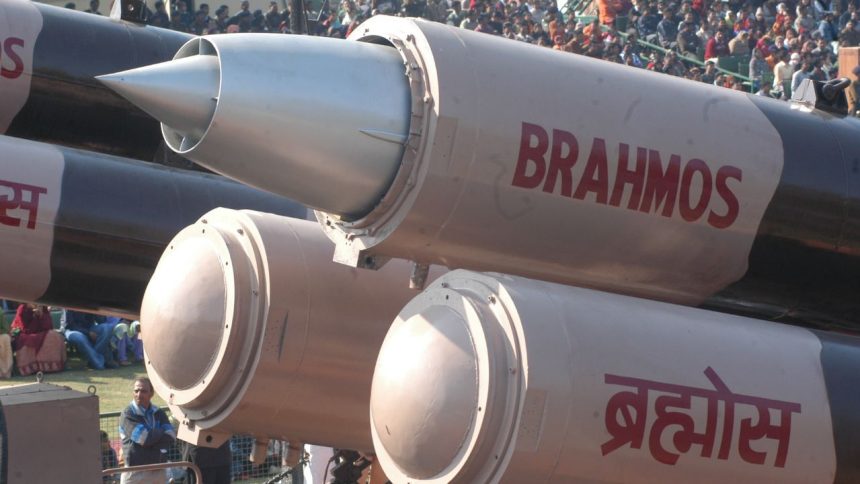
New Delhi: India is set to speed up the development of its next-generation hypersonic cruise missile—BrahMos-II—after achieving a major breakthrough in indigenous scramjet engine technology, according to defence sources. Designed to fly at speeds up to Mach 8 (eight times the speed of sound) and strike targets as far as 1,500 km, BrahMos-II is poised to become one of the most advanced and fastest cruise missiles in the world.
Top-level discussions between India and Russia are expected to resume soon for the joint development of BrahMos-II, which will draw inspiration from Russia’s 3M22 Zircon—a nuclear-capable, scramjet-powered hypersonic missile already inducted by the Russian Navy. BrahMos-II aims to achieve speeds of Mach 6 and beyond, placing it in the elite class of hypersonic weapons globally.
A decade-long wait reignited
Originally announced in 2008 by BrahMos Aerospace—a joint venture between India’s DRDO and Russia’s NPO Mashinostroyeniya—the BrahMos-II project faced several delays. These included Russia’s initial reluctance to share advanced hypersonic technology and concerns over the missile’s cost among Indian defence forces.
Another major roadblock was the Missile Technology Control Regime (MTCR). Until India became a member in 2014, Russia was prohibited from sharing technologies capable of ranges beyond 300 km. However, growing global interest and competition in hypersonic arms have breathed new life into the project.
A major push came on April 25, 2025, when DRDO successfully tested a scramjet engine combustor for over 1,000 seconds. This marks a critical milestone in India’s hypersonic research and paves the way for further progress on BrahMos-II.
What will BrahMos-II offer?
Speed: Between Mach 6 and Mach 8, nearly three times faster than the current BrahMos.
Range: Capable of striking targets up to 1,500 km away.
Engine: Equipped with an advanced scramjet propulsion system, more efficient than the ramjet engine used in the original BrahMos.
Design: Largely inspired by Russia’s Zircon missile, which travels at Mach 9.
Weight: Expected to weigh around 1.33 tonnes, nearly half of the air-launched BrahMos-A (2.65 tonnes).
Compatibility: Can be integrated with fighter aircraft including India’s LCA Tejas.
The legacy of BrahMos
The original BrahMos missile, developed under the India-Russia partnership since 1998, is the world’s fastest supersonic cruise missile, capable of flying at Mach 3.5 and reaching distances of 290 to 800 km. It is currently deployed across all three wings of the Indian Armed Forces and can be launched from land, sea, air, and submarines.
With its pinpoint accuracy, stealth features, and fire-and-forget capability, BrahMos has been a vital part of India’s military arsenal, most recently used successfully in Operation Sindoor.










